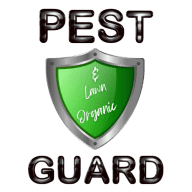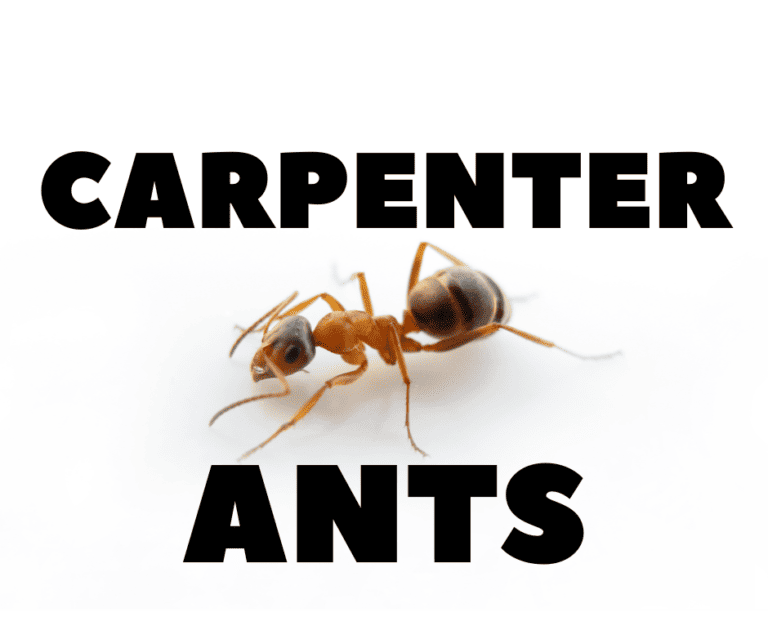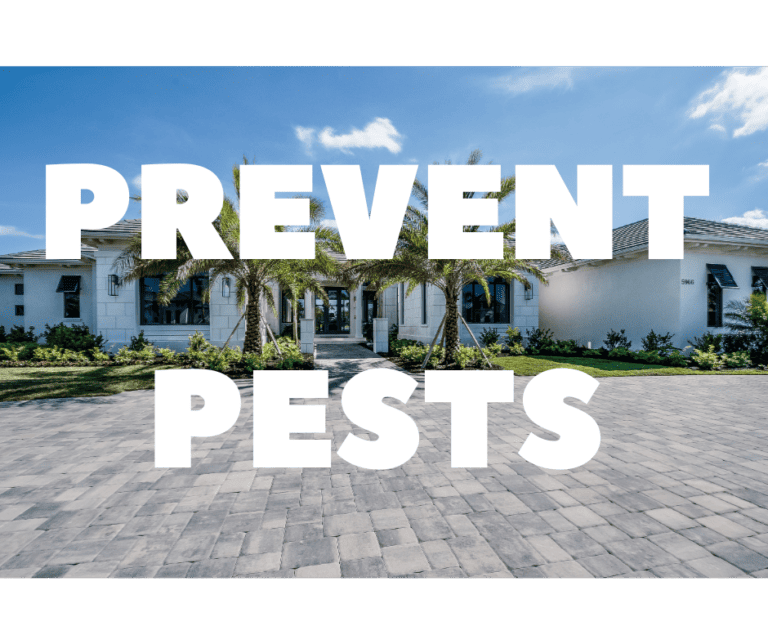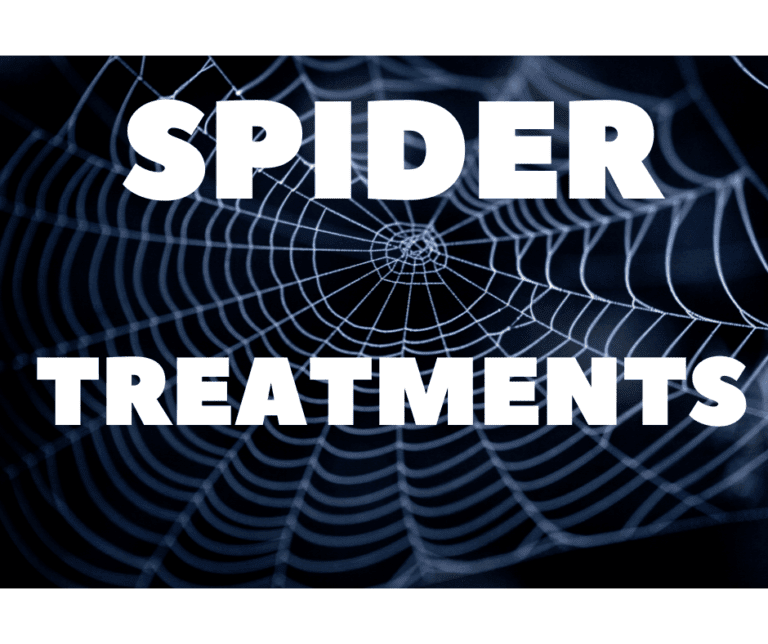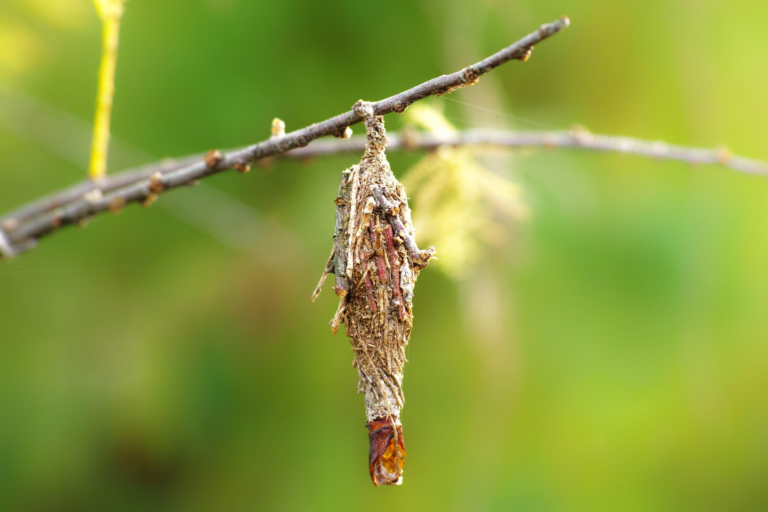Swarming Ants in Florida: What You Should Know This Spring
Table of Contents
- 1 Ant Swarming Season Has Arrived
- 2 Common Ants That Swarm in Florida
- 3 How Ant Swarms Work
- 4 Ant Swarm Prevention Tips
- 5 Is It a Swarmer Ant or a Termite?
- 6 Meet the Ants: Know Your Local Swarmers
- 7 Final Thoughts: Swarming Ants Are a Florida Thing
- 8 🧠 Swarming Ants in Florida – FAQs
- 9 We Provide Pest Control Services to these Cities
Pest & Lawn Organic Guard is your trusted local pest and termite control company serving all of Brevard and Indian River Counties—including the barrier island we love so much. With over 20 years of experience in Florida’s unique pest challenges, we know when the bugs are coming—and right now it’s time for swarming ants.
Ant Swarming Season Has Arrived
It’s April, which means we’re officially entering swarming season for ants in Florida. After spring rains or even just heavy humidity, you may start to notice winged ants flying in large numbers, often gathering around lights, windows, or—unfortunately—your pool.
This swarming behavior is how ants reproduce and expand their colonies. It’s natural… but that doesn’t mean you want them all over your patio furniture.
Common Ants That Swarm in Florida
Here are the main culprits to watch for as swarming season kicks off:
- Carpenter Ants
- Fire Ants
- Ghost Ants
- Argentine Ants
- Big-Headed Ants (start swarming later—usually as summer heats up)
How Ant Swarms Work
- Swarming ants are reproductive males and queens from established colonies.
- After rainfall or high humidity, colonies release these winged ants into the air—usually all at once within the same species.
- You’ll often see hundreds or even thousands of them near light sources.
- Once they land, they shed their wings—leaving piles of wings near windows, pools, or patios.
- Swarmer ants look different from worker ants. They’re usually larger, darker, and have wings.
- These swarmers can get trapped in your pool, attracting birds, frogs, or even more bugs.
Ant Swarm Prevention Tips
Keep your nights peaceful and your pool clear with these smart prevention strategies:
- 💡 Turn off outdoor lights at night—ants are attracted to light sources.
- 🦟 Install or maintain your screen enclosure to keep flying ants and other bugs out of your pool area.
- 🪟 Use blackout curtains or seal up windows to stop indoor light from attracting swarmers.
- 🌴 Install landscape lighting aimed toward your house instead of mounted lights on the home itself. This attracts bugs to the landscape, away from your windows, doors, and siding. Bonus: This trick also helps reduce the presence of spiders, German roaches, Palmetto bugs, and even frogs, geckos, and lizards—since it cuts down their food source.
Is It a Swarmer Ant or a Termite?
It’s easy to confuse swarming ants with swarming termites, especially during spring. Here’s a quick breakdown:
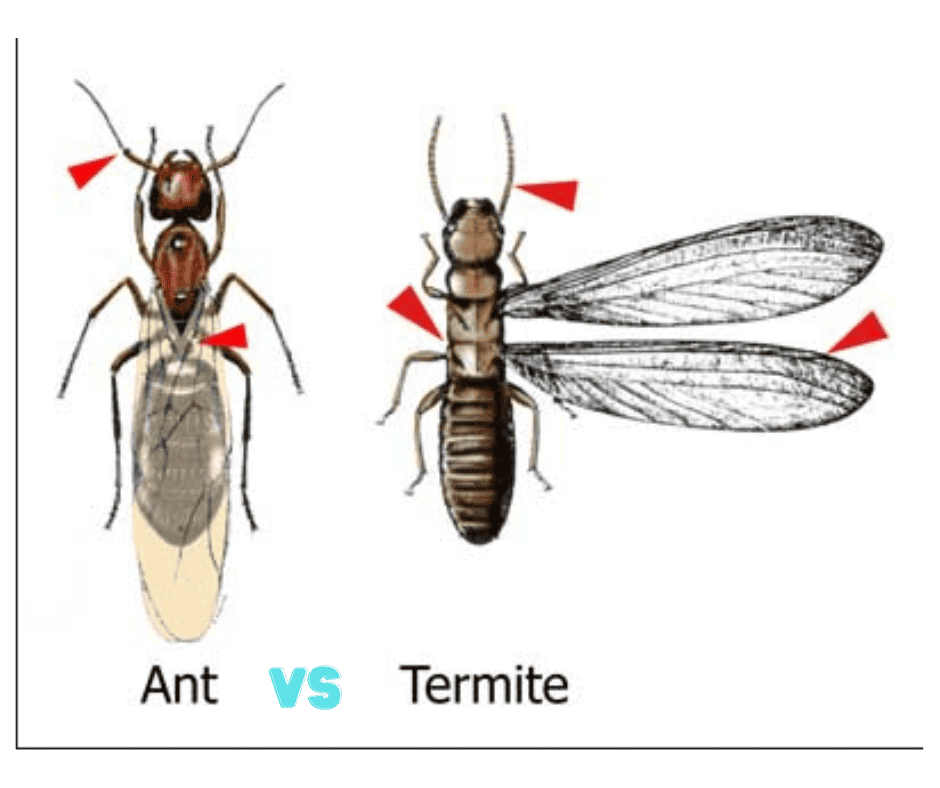
| Feature | Swarming Ant | Swarming Termite |
|---|---|---|
| Antennae | Elbowed (bent) | Straight, bead-like |
| Waist | Narrow, pinched | Broad, thick |
| Wings | Front wings larger than hind wings | All four wings equal in size |
| Wing Color | Brownish tinted | Whitish, grayish, translucent |
| Durability | Wings more firmly attached | Wings fall off easily |
🐜 Pest & Lawn Organic Guard offers:
✅ Subterranean Termite Control
✅ Drywood Termite Control
Don’t take chances—know what you’re dealing with. Call us for a free inspection!
Meet the Ants: Know Your Local Swarmers
🪵 Carpenter Ants
Large, black or red ants that nest in damp or rotting wood—they don’t eat wood like termites, but they cause damage by hollowing it out.
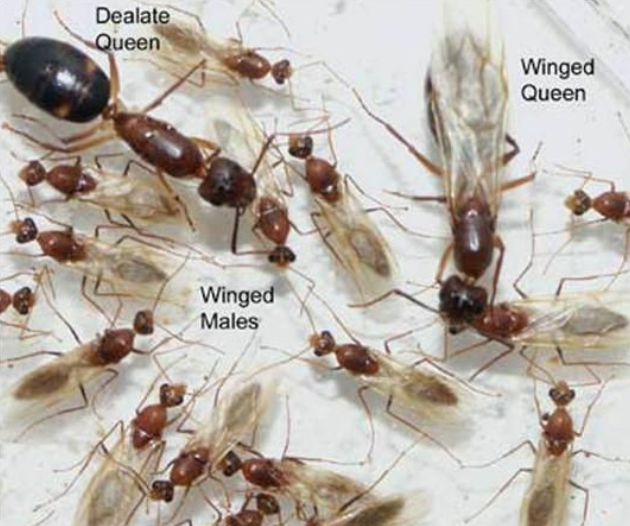
🔥 Fire Ants
Aggressive, reddish ants known for their painful sting. Their swarms come from underground colonies and tend to be active after heavy rains.
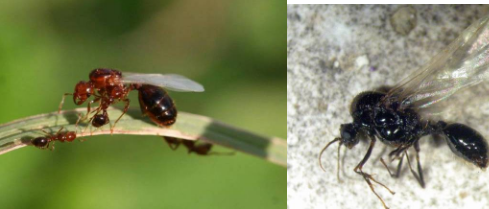
👻 Ghost Ants
Tiny, pale-colored ants with a dark head. They’re called “ghost” ants because of their translucent bodies. They often nest indoors and love sweets.
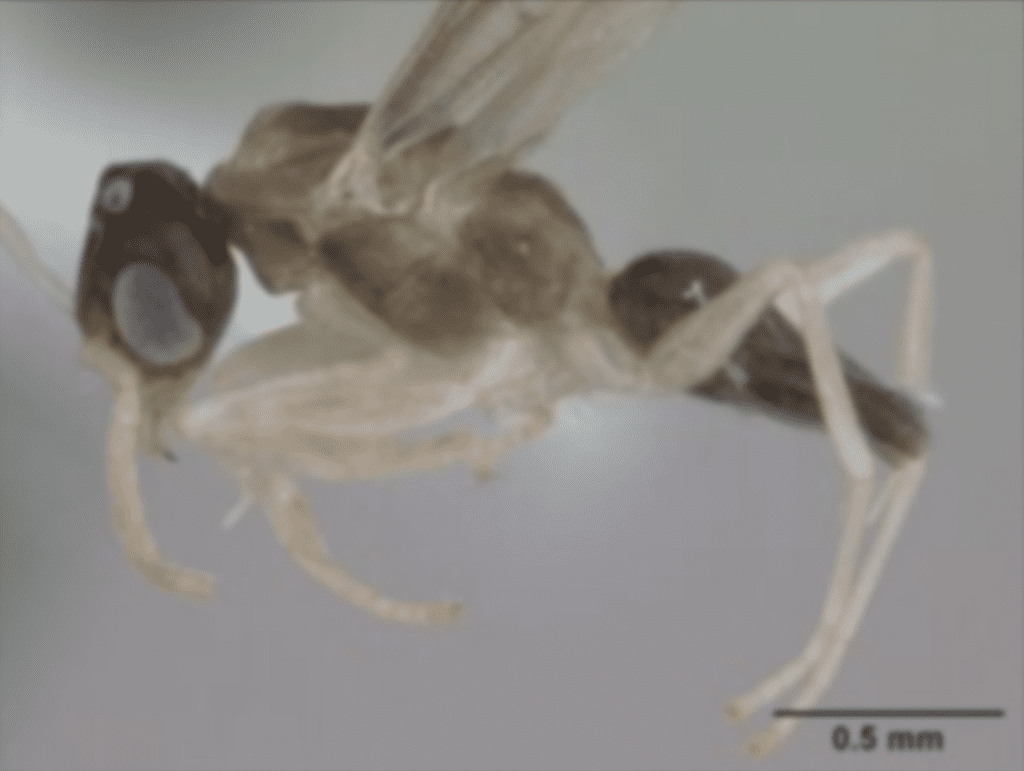
🌎 Argentine Ants
Pestiferous and highly invasive and known for forming massive super-colonies. They swarm aggressively and are common in both yards and homes.

🧠 Big-Headed Ants
Named for their soldier caste with oversized heads. Their swarming usually starts in late spring into summer, especially in sandy or loose soils.
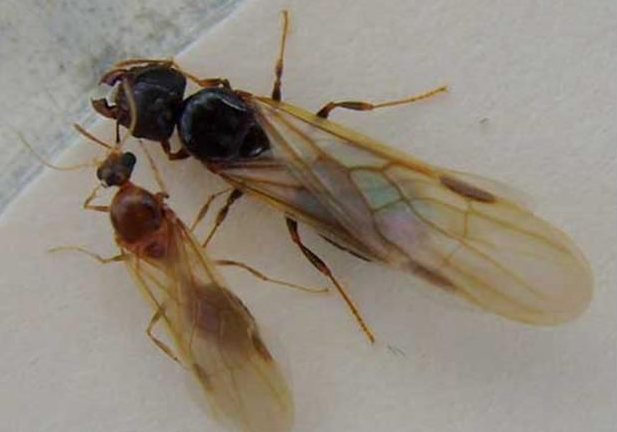
🧦 White-Footed Ants
Often confused with ghost ants, they have white legs and tend to nest in moisture-prone areas. They don’t sting but infest quickly.
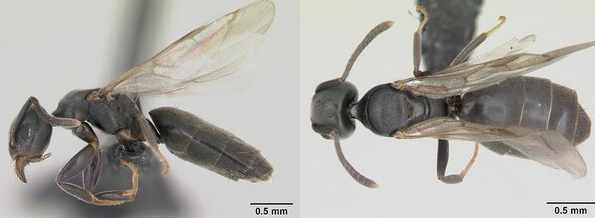
Final Thoughts: Swarming Ants Are a Florida Thing
Look, swarming ants are just part of life here on the Space & Treasure Coast. Ants are extremely territorial—and if there’s any spot on your property without ants, you can bet they’re scouting it.
It’s job security for us, sure. But more importantly, it’s just one of those things that come with living in our tropical paradise. At Pest & Lawn Organic Guard, we’re here to make sure your slice of paradise stays pest-free.
Need help with swarming ants or termites? Call or text us today at 321-704-0434 and we’ll get it handled—professionally, organically, and affordably.
